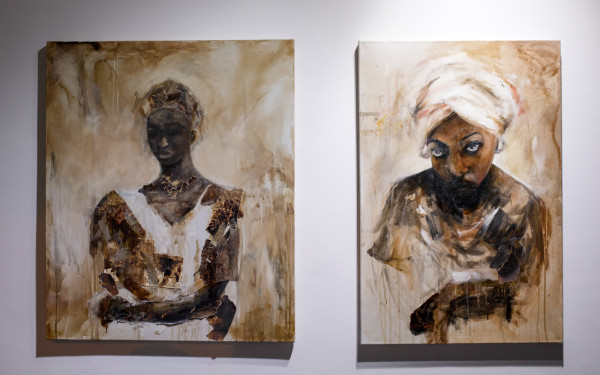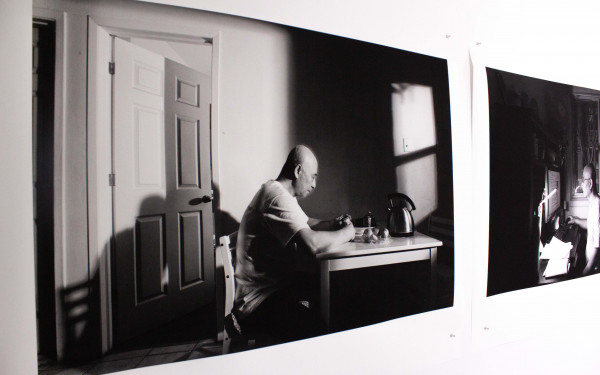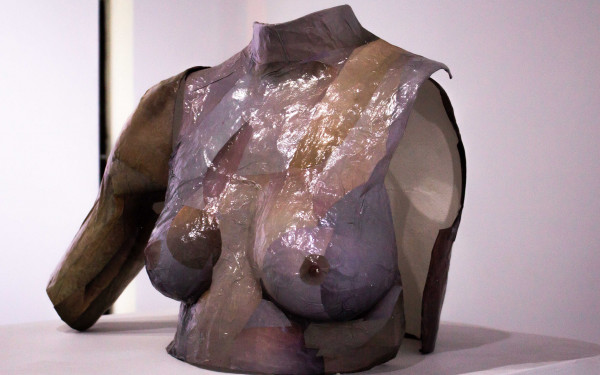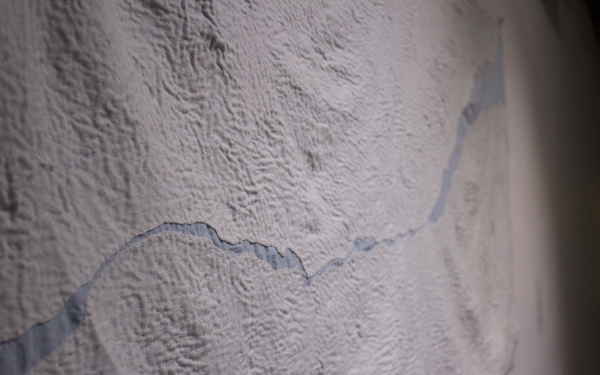VAV Expands the Limits of Art With “Soft Stimuli”
“Please Do Not Eat the Art”
Soft Stimuli was the Concordia student gallery’s last fall exhibit. Running between Dec. 3 to the 21, the artworks exhibited were unique, and some showcased the intimate and complicated relationships people have with their bodies.
“Encountering another body may seem the most mundane, trivial experience―happens all the time,” read the blurb for the Visual Arts Visuels Gallery’s current exhibit, Soft Stimuli.
“Yet, to understand how another feels their body, how their body works, what it means to them, is an enriching exchange […] In Soft Stimuli, artists open this intimate space between beings.”
Jennifer Lee’s Inside Outside: The Food Baby is a clay sculpture showing the inside of a stomach filled with a taco, a hot dog and M&Ms. The glaze makes the piece glisten and attracts the eye—simultaneously playful and familiar.
Ten fine arts students exhibited their work ranging from photography to mixed media, and artworks less easily definable, such as Annik St-Arnaud’s The Banana Project.
A fridge, containing bananas that are cut up and sewed back together with thread, stands against the gallery’s western wall. “Please open fridge and close it, when you’re done. Please do not eat the art,” reads a sign above the approximately five feet appliance.
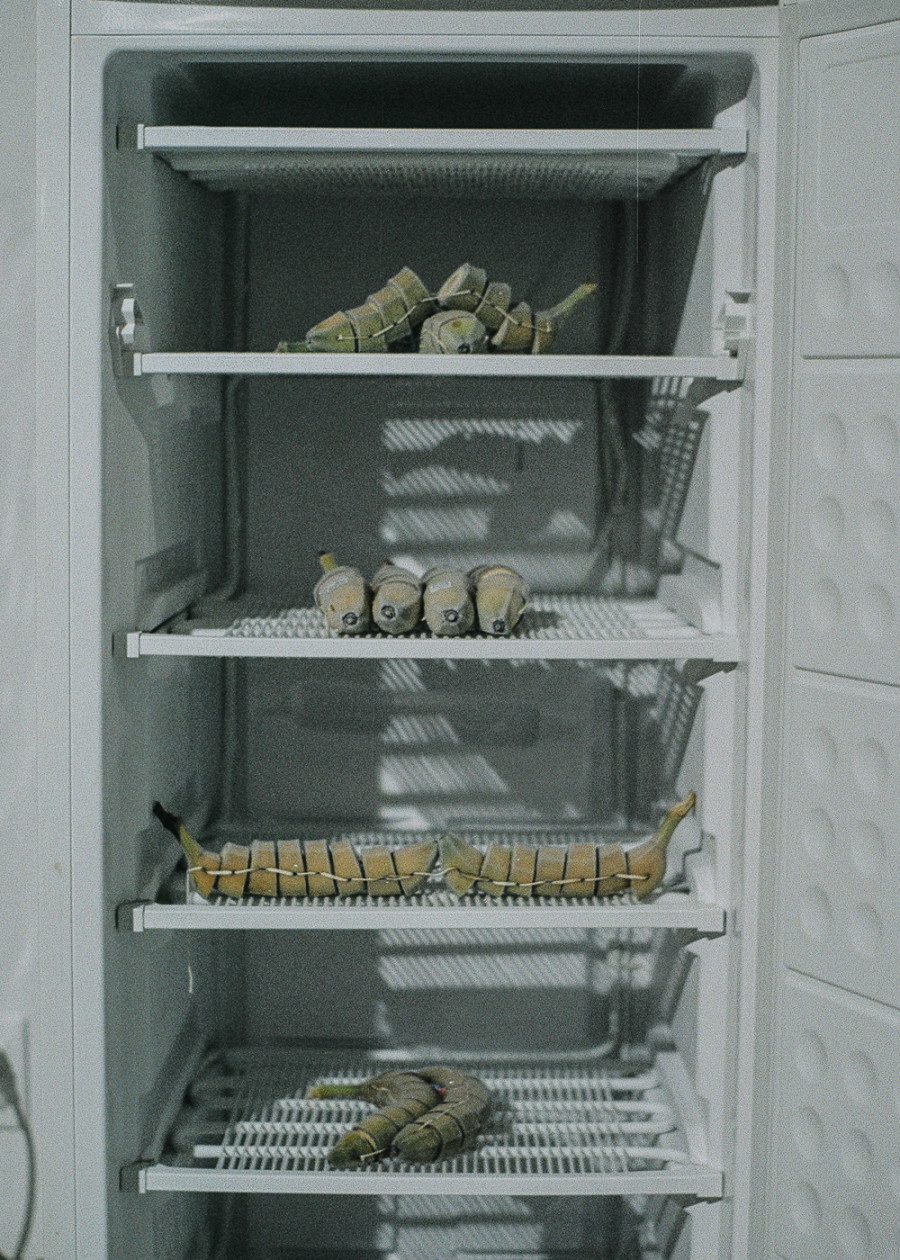
The fibers and material practices student started considering food as a material when she took a beading class.
“Food is […] the perfect bead,” St-Arnaud said. “Food […] touches upon all these different spheres of our lives and society. I feel like it’s a really great place to access social, feminist ideas.”
The strong smell of a banana escaped the fridge as you opened its door. The aspect of using the sense of smell in artwork is similar to Juliana Delgado’s untitled sculpture, as part of the VAV’s Corrupted Portal exhibit.
Delgado’s piece carried a scent reminiscent of fire and stood at almost exactly the same spot as St-Arnaud’s piece.
It was not intentional, said Jose Garcia, the gallery’s financial and administrative coordinator.
“Smell is a very new […] style that’s been growing,” Garcia continued. “We have no idea why students have been doing this, but it’s great, and it’s been working out really well.”
Related:
St-Arnaud’s practice is not labour intensive, she said. Working with food comes with its own set of challenges. She has to work quickly and efficiently, otherwise the texture of the food changes, and can even be wasted. Her work is more rapid and action-based. It’s less about thinking, she said, “It’s more like feel, experience, try, be curious.”
“It actually started with this idea of taking something and kind of like taking it apart and putting it back together exactly how it’s supposed to be, and then figuring out that you can’t,” St-Arnaud explained.
The physical bananas are accompanied by six up close photographs showing the resulting patched up fruit.
“You have the literal physical object that’s been transformed, and then translated into photography,” said Garcia. “It’s not the same, even though they’re next to each other. It’s supposed to be the same but conceptually it’s very different. Because one is […] existing, and the other one is not.”
“And the fact that it’s kind of like an experiment […] that happens as the exhibition runs in the gallery, just was like an added bonus to the experience of the artwork,” he added.
Visit http://vavgallery.concordia.ca/ for information about their 2019 exhibitions.


_600_832_s.png)

